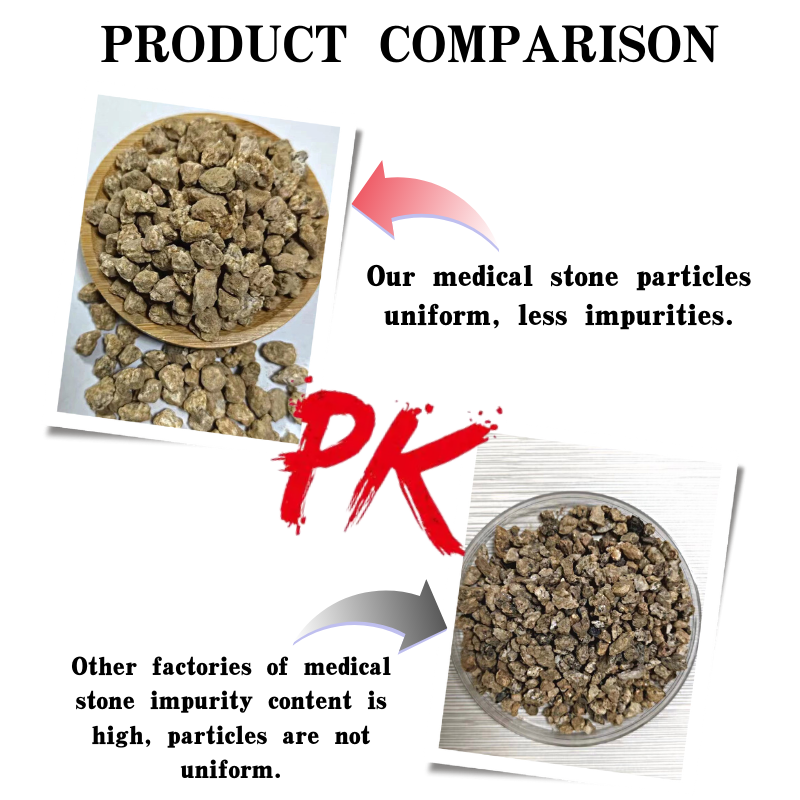
Cost Analysis of Silica Fume in Construction and Industrial Applications
Cost of Silica Fume A Comprehensive Overview
Silica fume, also known as microsilica, is a byproduct of the production of silicon metal or ferrosilicon alloys. This fine grey powder consists primarily of amorphous silicon dioxide (SiO2) and is widely used as a supplementary cementitious material in concrete and other cement-based applications. While its unique chemical and physical properties enhance the durability, strength, and overall performance of concrete, the cost associated with silica fume can significantly influence its application in various projects.
Understanding the Cost Factors
The cost of silica fume is affected by several factors, including production methods, transportation, demand and supply dynamics, and the specific characteristics of the material itself. The production process of silica fume involves the collection of fumes generated during the high-temperature reduction of quartz in electric arc furnaces, which requires energy-intensive operations. This leads to initial costs that are often reflected in the price of silica fume in the market.
Transportation costs also play a crucial role, especially in regions where silica fume is not produced locally. Due to its lightweight nature, shipping silica fume can be more cost-effective than heavy aggregates. However, the final price can still be influenced by the distance to major construction sites or concrete manufacturing locations. Additionally, logistics, including handling, packaging, and delivery methods, can further increase costs.
Market Demand and Pricing Trends
The global demand for silica fume has been on the rise, driven largely by the growing construction industry and increasing requirements for high-performance concrete. Regions experiencing rapid urbanization and infrastructure development, such as Asia-Pacific, are particularly influential in this demand trend. In contrast, fluctuations in the silicon metal market can also indirectly impact the cost of silica fume, as the availability of raw materials can lead to price volatility.
cost of silica fume

Over recent years, the pricing of silica fume has seen considerable variation due to environmental regulations and sustainability trends. Many manufacturers are investing in greener technologies and processes to minimize the environmental impact of production, which can lead to higher manufacturing costs. However, as the industry evolves, economies of scale and advancements in production methods may help stabilize or reduce prices in the future.
Comparing Costs and Benefits
When evaluating the cost of silica fume, it’s essential to consider the benefits it brings to concrete mixtures. Silica fume enhances the compressive strength, reduces permeability, and improves resistance to aggressive chemicals. These attributes lead to longer-lasting structures, reduced maintenance costs, and overall enhanced performance, which can outweigh the initial expense of incorporating silica fume into concrete mixes.
Furthermore, using silica fume can contribute to sustainability goals, as it reduces the carbon footprint associated with cement production. By replacing a portion of traditional cement with silica fume, the overall environmental impact of concrete production can be diminished, potentially providing cost savings for construction companies focused on eco-friendly practices.
Conclusion
In summary, the cost of silica fume is influenced by various factors, including production methods, transportation, and market dynamics. While the initial investment may seem high, the long-term benefits, such as improved concrete properties and sustainability contributions, can provide significant returns. As the construction industry continues to evolve, understanding these financial implications will be essential for developers and manufacturers aiming to leverage the advantages of silica fume in their projects. By balancing cost considerations with performance benefits, stakeholders can make informed decisions that contribute to both economic and environmental sustainability.
Share
-
Premium Pigment Supplier Custom Solutions & Bulk OrdersNewsMay.30,2025
-
Top China Slag Fly Ash Manufacturer OEM Factory SolutionsNewsMay.30,2025
-
Natural Lava Rock & Pumice for Landscaping Durable Volcanic SolutionsNewsMay.30,2025
-
Custom Micro Silica Fume Powder Manufacturers High-Purity SolutionsNewsMay.29,2025
-
Custom Mica Powder Pigment Manufacturers Vibrant Colors & Bulk OrdersNewsMay.29,2025
-
Custom Micro Silica Fume Powder Manufacturers Premium QualityNewsMay.29,2025






